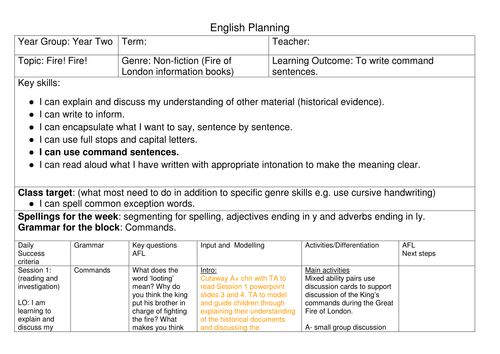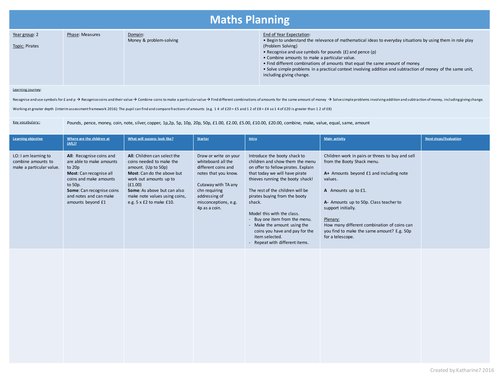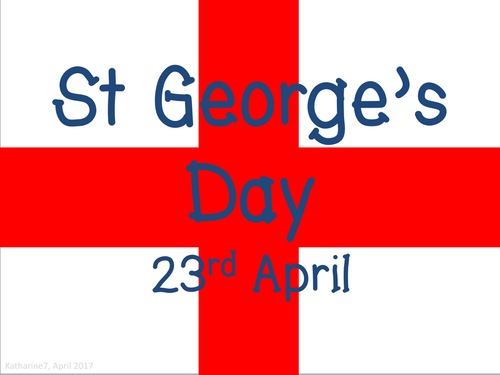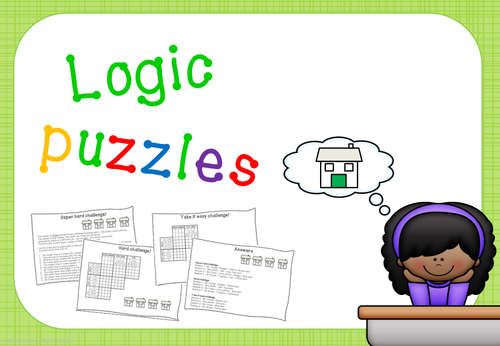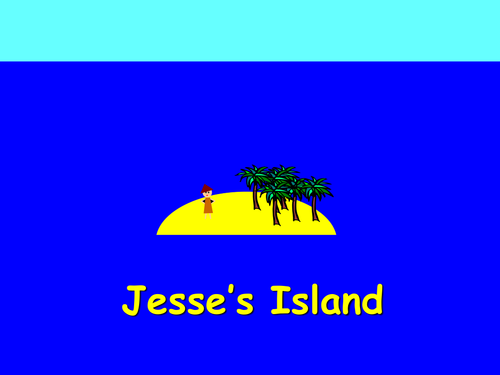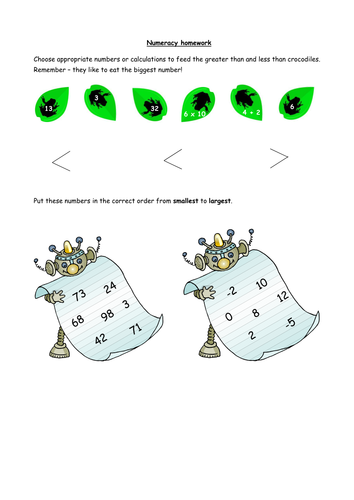Welcome to my shop!
I am a teaching Deputy Head in a primary school in Hampshire and TES recommended author. I've been teaching in primary since 2007 with experience in most year groups, although my heart lies in Year 1! I enjoy making helpful, time-saving and engaging educational resources for teachers and pupils - I hope you find them useful!








